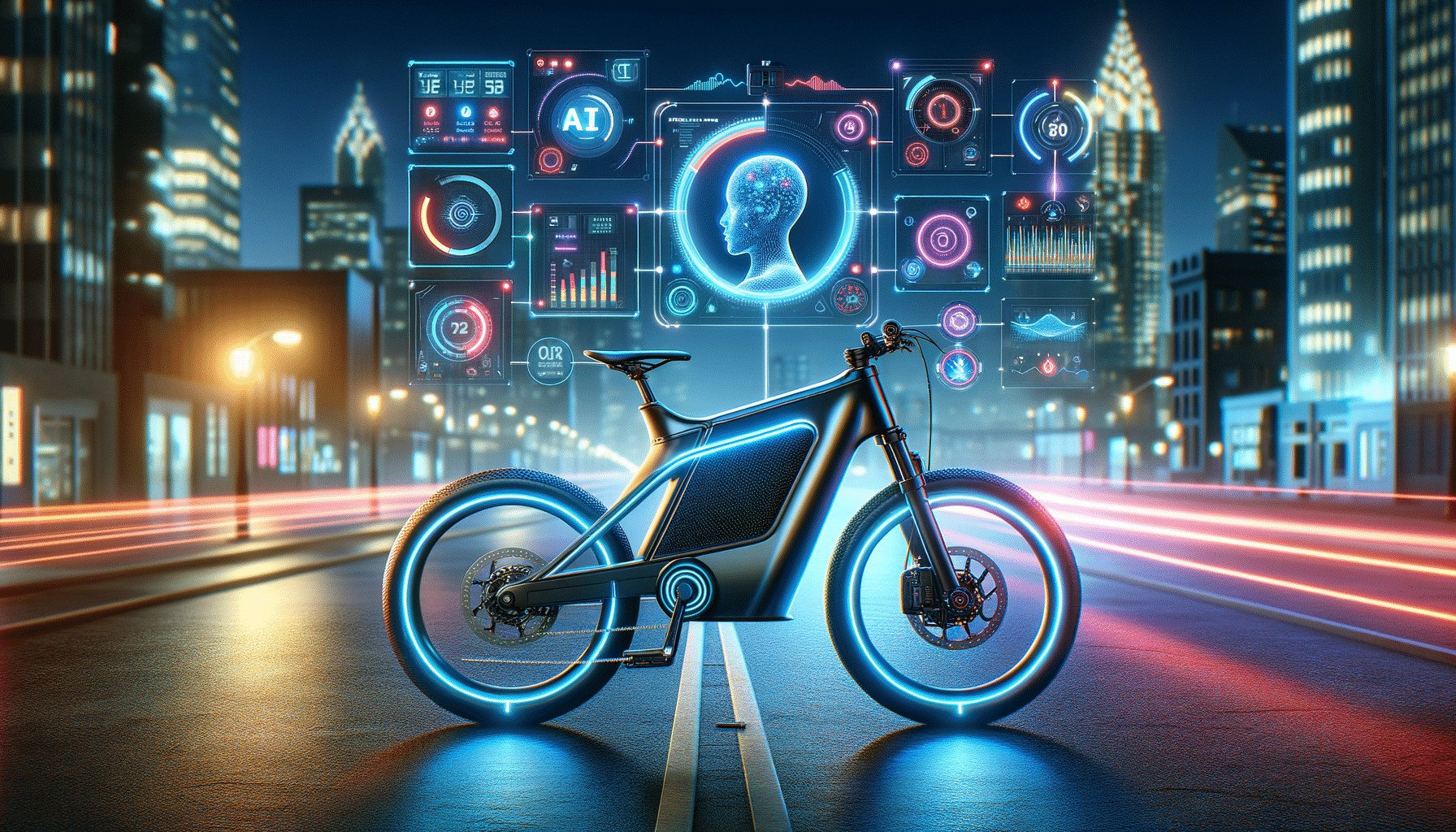
Exploring AI-Powered E-Bikes
Introduction to AI-Powered E-Bikes
In the ever-evolving world of transportation, AI-powered e-bikes are emerging as a revolutionary solution. As cities become more congested and environmental concerns rise, the need for sustainable and efficient transportation options is more critical than ever. E-bikes, enhanced with artificial intelligence, offer a unique blend of technology and practicality, making them an attractive choice for urban commuters and adventure enthusiasts alike. This article delves into the multifaceted world of AI-powered e-bikes, exploring their features, benefits, and potential impact on the future of transportation.
The Technology Behind AI-Powered E-Bikes
AI-powered e-bikes are at the forefront of technological innovation, combining traditional cycling with advanced digital capabilities. These bikes are equipped with sensors and software that allow for real-time data analysis and decision-making. The integration of AI enables features such as adaptive power management, which adjusts the bike’s performance based on terrain and rider preferences. This results in a more efficient and personalized riding experience.
Moreover, AI technology enhances safety through predictive analytics. By analyzing data from various sensors, the system can anticipate potential hazards and alert the rider, reducing the risk of accidents. Some models also include GPS and connectivity features, allowing riders to track their routes and receive updates on traffic conditions. These advancements not only improve the functionality of e-bikes but also contribute to a more connected and intelligent transportation ecosystem.
- Adaptive power management for efficient rides
- Predictive analytics for enhanced safety
- GPS and connectivity for route tracking
The Benefits of AI-Powered E-Bikes
The benefits of AI-powered e-bikes extend beyond technological innovation. They offer a sustainable alternative to traditional vehicles, reducing carbon emissions and promoting a healthier lifestyle. With the ability to customize power settings, riders can choose the level of assistance they need, making it easier to tackle challenging terrains or conserve energy on longer rides.
Additionally, AI-powered e-bikes are designed to be user-friendly, catering to a wide range of riders. Whether you’re a seasoned cyclist or a newcomer to the world of e-bikes, the intuitive interfaces and smart features make cycling accessible and enjoyable. These bikes also encourage more people to consider cycling as a viable mode of transportation, contributing to less traffic congestion and a cleaner environment.
- Reduction in carbon emissions
- Customizable power settings for diverse needs
- User-friendly interfaces for all riders
The Future Impact of AI-Powered E-Bikes
As AI-powered e-bikes continue to gain popularity, their impact on the future of transportation is becoming increasingly apparent. These bikes have the potential to transform urban mobility by offering a flexible, eco-friendly alternative to cars and public transport. With advancements in AI, e-bikes are likely to become even more intelligent, with features such as autonomous navigation and seamless integration with smart city infrastructure.
The rise of AI-powered e-bikes also presents opportunities for new business models and services. Bike-sharing programs can leverage AI to optimize fleet management and enhance user experiences. Moreover, as more people adopt e-bikes, there is potential for infrastructure improvements, such as dedicated bike lanes and charging stations, further supporting the growth of this innovative mode of transport.
- Transformation of urban mobility
- Opportunities for new business models
- Potential infrastructure improvements


